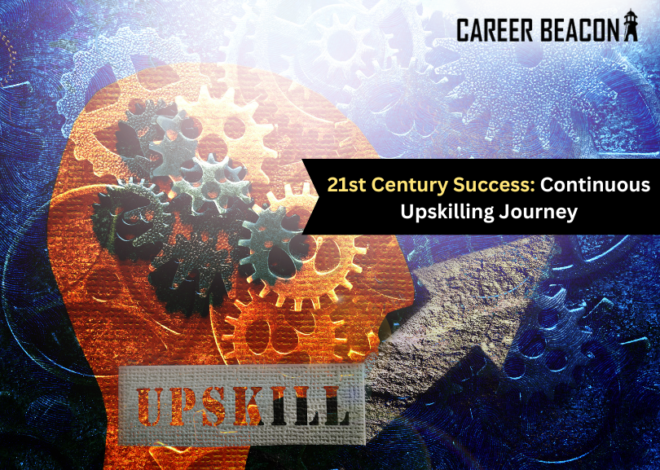
E-Learning is Transforming the Face of Education in India
Authored by Saurabh Nanda
The e–learning market in India is in an infant stage. In 2002 it was approximately US$ 4-5 million with an expected four-year annual growth rate of 20-25 per cent.
We are in the era of e-learning. The age of e-learning started much before then we imagine it to be. E-learning is learning using any electronic medium. We began learning through computers and the Internet as soon as people began using computers for the Internet, decades ago. But, as we all know, it was limited and even minuscule in scale when we compare it to what we see today during the COVID-19 pandemic.
Students, educators, and professionals are using the Internet to learn and teach than ever before in human history. The pandemic has proven to be the tipping point for e-learning, however unexpected. E-learning is here to stay and thrive.
Indian ed-tech market was set to grow to almost INR 15,000 crore by 2021. And most of that growth comes from e-learning – the significant test-prep sectors, skill development, K-12 education, and online certifications.
Over 32 crore students have been affected by the pandemic in India, which exposed the faultiness of our education systems in schools, colleges, and coaching centers. And as expected, the private, smaller, and well-managed coaching centers and tutors have been able to adapt most efficiently. Sadly though, the e-learning start-ups are just mostly focused on making videos and publishing them. Everybody from media houses like the Career Beacon to e-commerce giants like Amazon to renowned authors like R S Agrawal wants to get a share of the pie.
A lot of you have probably heard of Khan Academy, Coursera, edX, Byju’s, and probably many more brands. And if you have experienced learning online, you know that e-learning offers you the speed of learning from slow to very fast. You can choose your rate, depending on your understanding. Secondly, it provides flexibility.
The choice to learn: when it suits you, how it works you, and there are no limits to revisiting lessons again and again. Such an option is usually not available in conventional school and college settings.
Thirdly, the data-driven approach. You can use the readily available data to see your performance throughout the course, find when you are most productive, which topics and subjects you perform better or worse in, and so many other aspects, within a matter of a few clicks.
Simultaneously, it offers similar benefits to educators. They can standardize content. Make more time to analyze their lessons, for which they would get less time before as they would spend most of their time teaching.
Educators can improve their lessons and plans quicker now. They can monitor their students’ learning and performance in many more ways than before, and most importantly, they use the power of the Internet to get the most valuable content and tools for their students, something which is not easy in school and college settings. But is that the reality on the ground?
Unfortunately, no. Even though some schools in Kerala have started using Augmented Reality to make learning better, such examples are rare and sporadic. Most of our school teachers and educators are still dependent on WhatsApp.
Schools and Colleges are still reluctant in investing in proper Learning Management Systems and ERP systems. Moodle is yet unheard.
The question is, why? The answer is multi-faceted. Although, many prosperous and progressive institutions had already invested in an IT infrastructure, high-speed Internet, teacher training for e-learning tools; most of our institutions are just not ready to support, accept or promote e-learning. The reasons are mostly cultural and our view of the education system where everything revolves around the Guru. Well, today the Guru needs to use computers to teach, so we must equip them with the best. The other aspect is that students and parents are not willing to accept e-learning either.
Our perception of the Internet is still not entirely positive. India has around 70 crore Internet users, and out of those, only 40% approx. women have access to the Internet as compared to about 71% of men. Entertainment and pornography are still the most visited categories, and children have limited access to the Internet.
The pandemic is changing that usage behavior very fast but not fast enough for e-learning to prosper. Add to all this, the fact that not everyone has access to the same level of internet connectivity, useful devices, software, and just the knowledge of using the Internet.
Indian households are not made for Work from Home or Study from Home. Our households, neighborhoods, and families are loud and offer little to no privacy. Without proper furniture and spaces, we do not prioritize a learning environment at home. In one instance, a private university in Punjab, which has invested in good quality enterprise software, wanted to conduct exams using software that uses webcam sensors, among other things to ensure fairness during the exam.
Some of their students, who belong to the state of J&K and have gone back home due to the pandemic, do not have access to decent Internet, that alone has enough capacity to keep a live video stream of themselves. So. the university had to scrap the webcam process. On top of it, our newness to using technology for long hours to study is leading to problems such as more screen time, anxiety, reduced sleep, body aches due to bad ergonomics, or the knowledge thereof. The list of challenges is endless, but we are still moving, however shakily, towards an India where e-learning shall be integral in our education systems.
E-learning will be able to help us bring in reforms to teacher recruitment, teacher training, and improving the overall quality of education in India.
Our first Prime Minister, Pandit Nehru, used to say that “Every little thing counts in a crisis.” Well, we are definitely in the biggest crisis ever. Are we going to use this time to focus on all the small things that we missed since 1947, or is it going to be business as usual? So far, the efforts put in suggest the latter.


